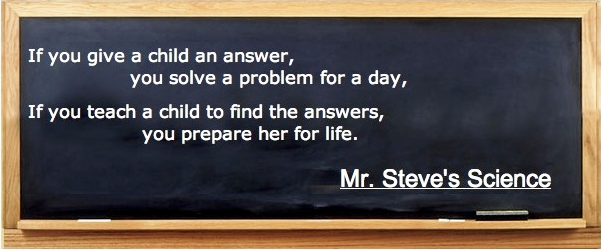I used Session #3 from Scratch Curriculum Guide Draft in my class with kids ages 10-16. This is where kids program other kids to Dance. The "Bosses" watch a short video of someone dancing and then program the "Bossed" to Dance. The video's provided by the Scratch team are really well done and thought through.
When I first showed the "Bosses" the videos, the reaction was no way, this is going to be hard. I must admit I had the same reaction. I (and I think the kids) figured that the video with Mitch would be possible, but some of the later ones would be too challenging. Well I was wrong (love when that happens, I learn something new :)
The kids did great and were able to program each other in a relatively short time.
One thing I changed from the Draft is I had the bosses and bossed switch. Show I would show the first video and A would program B, then I would have B program A. So they all got an opportunity to see both sides.
I asked the question, "How is this like programming?" Which is similar to "How does this activity relate to Scratch?" Below are some of the comments from the students:
- We didn't know what was in the mind of the programmer.
- We had no idea what they wanted us to do.
- We had no "insight" (Note: I also have them taking the Coursera CS101 course on their own in a "flipped classroom" type approach. One of the early comments in the course was that the computer, unlike a human has know insight into what you mean).
- We can only use words.
After class I realized one of the questions I should have asked is "How is this NOT like programming?" I will try this next time.
I also used this a second time and noticed how some of the moves are symmetrical (especially in Dance1). I pointed this out to the kids (tried to do so through questions) and asked how are these moves the same and different. Which led to the realization its the same basic move once with the right hand and once with the left hand. This then lead to a short discussion on how we can have a common set of instructions used by different body parts/costumes/objects. In a future version of the class I would like to try and point this out immediately after Dance 1 and see how many kids "get the idea" and use it for Dances 2 and 4. Dance 3 doesn't really lend itself to this idea.
For homework, I am having them create a "Dance" program, where they take pictures of themselves in different dance positions, "green screen" their bodies out of the pictures and then program each other to dance. I am also using Scratch connect and Etoys so they can create a "game controller" in Etoys to control the Dancers and can have a dance party on one screen projected on the wall, each student controlling their own dancer using Etoys (via Remote Sensor Protocol). Can't wait until Makey Makey comes out so I can try incorporating that.
Note: I had a class before this where we did "How to Train Your Robot" using Dr. Techniko's hand out and having them program their parents. Not sure how much this impacted how quickly/easily they were able to program each other.
I really like your approach of having kids "step away from the computer and no one gets hurt" approach. I try to do this a lot, partly so they can get in touch and reflect upon the knowledge they have in their own bodies and also to give them different context for experiening the same/similar concepts and ideas,

No comments:
Post a Comment